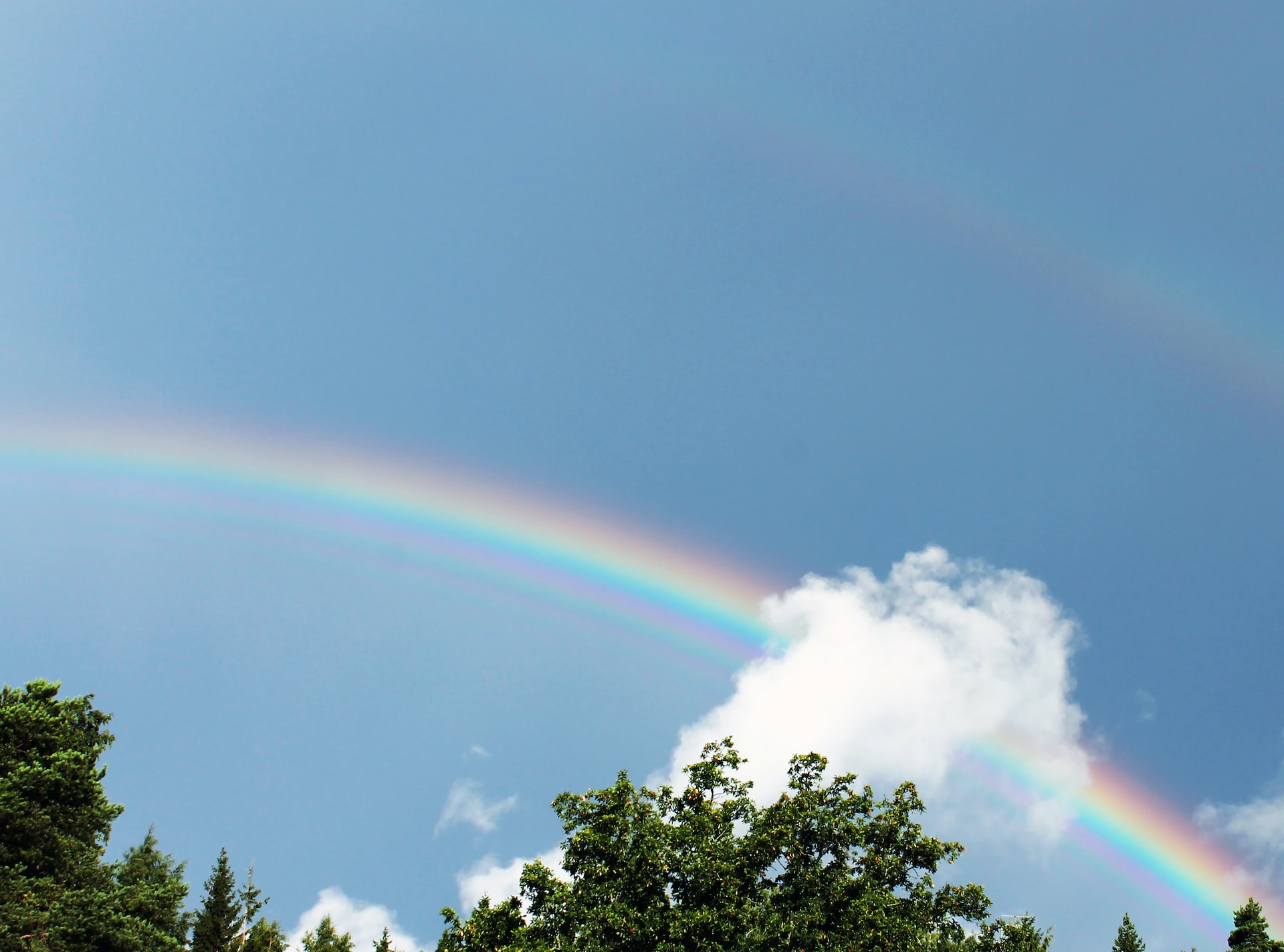Unveiling the Beauty of Classic Rainbow: 7 Fascinating Facts You Never Knew

The classic rainbow is one of the most recognizable and beloved natural phenomena in the world. Its vibrant and diverse colors have captured the hearts and imaginations of people for centuries, inspiring art, literature, and scientific inquiry. Despite its widespread popularity, there are many fascinating and lesser-known facts about this timeless beauty that are waiting to be discovered.
The Science Behind the Colors
The classic rainbow is known for its stunning display of colors that light up the sky after a rain shower. But have you ever wondered what causes these colors to appear? The science behind the colors of the rainbow is actually quite complex and fascinating.
When sunlight enters a raindrop, it is refracted, or bent, as it passes through the droplet. This causes the light to split into its various colors, just like a prism does. The colors of the rainbow are actually the result of this splitting effect, which is known as dispersion.
The colors of the rainbow always appear in the same order: red, orange, yellow, green, blue, indigo, and violet. This order can be remembered using the acronym ROYGBIV.
The Perfect Arch Shape
One of the most striking features of the classic rainbow is its perfect arch shape. This arch is actually a complete circle, but because the ground obstructs the lower half of the circle, we only see the top half as an arch. The center of the circle is directly opposite the sun in the sky, so if you were to fly above the rainbow, you would see a full circle of colors.
The arch shape of the rainbow is created by the way that the light is refracted and reflected within the raindrops. It is a testament to the precision and beauty of the laws of physics and optics.
The Myth of the Pot of Gold
One of the most enduring myths about rainbows is that there is a pot of gold at the end of each one. This myth has its roots in Irish folklore, where it is said that a leprechaun, a type of mischievous fairy, hides his treasure at the end of a rainbow. While there is no scientific evidence to support the existence of pots of gold at the end of rainbows, the myth continues to capture the imaginations of people around the world.
The Role of Sunlight in Rainbow Formation
Without sunlight, there would be no rainbows. Sunlight is the key ingredient in the formation of rainbows, and the angle and position of the sun in the sky play a crucial role in determining the appearance of the rainbow. When the sun is low on the horizon, the rainbow appears larger and more vibrant, while a higher sun angle can result in a smaller, fainter rainbow.
The Connection between Rainbows and Mythology
Rainbows have played a significant role in mythology and folklore for thousands of years. In many cultures, rainbows are seen as symbols of hope, promise, and good fortune. In Norse mythology, the rainbow bridge Bifröst connected the world of mortals with the realm of the gods.
In Hindu mythology, the rainbow is seen as the bow of Indra, the god of thunder and war. The connection between rainbows and mythology is a testament to the enduring power and beauty of this natural phenomenon.
The Rare Appearance of Supernumerary Rainbows
Supernumerary rainbows are a rare and fascinating phenomenon that are sometimes seen in conjunction with the classic rainbow. These rainbows are characterized by several additional, fainter bands of colors that appear on the inside edge of the primary rainbow. The bands are caused by interference between the light waves as they pass through the raindrops, and are much less common than the classic rainbow.
The Symbolism of the Rainbow in Culture and Society
The rainbow has been used as a symbol of various causes and movements throughout history. In the LGBT+ community, the rainbow flag has become a symbol of pride and acceptance. In Christianity, the rainbow is seen as a symbol of God’s promise to never again flood the earth. The rainbow has also been used as a symbol of peace, hope, and diversity.
In conclusion, the classic rainbow is not just a beautiful and awe-inspiring natural phenomenon, but also a complex and multifaceted symbol that has captured the imaginations of people for centuries. From the science behind its colors to the mythology that surrounds it, the classic rainbow continues to inspire wonder and curiosity in people of all ages and backgrounds.





